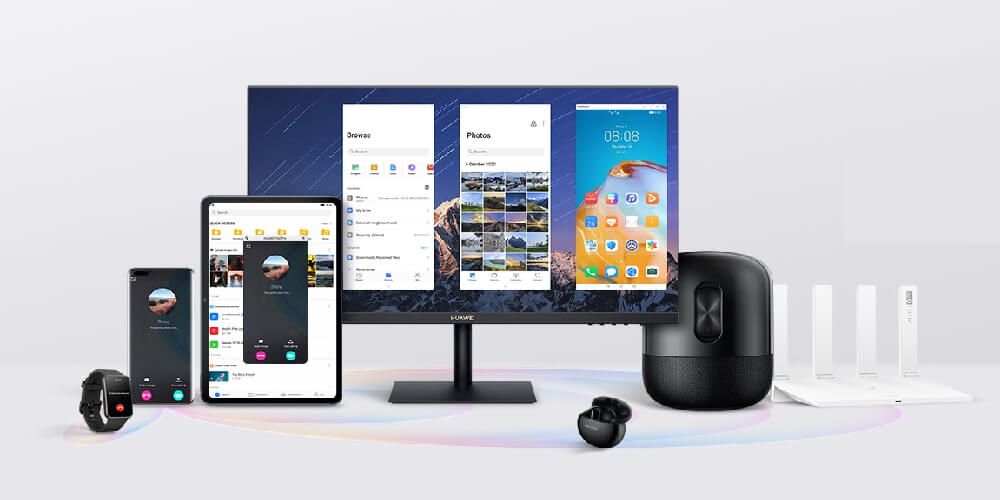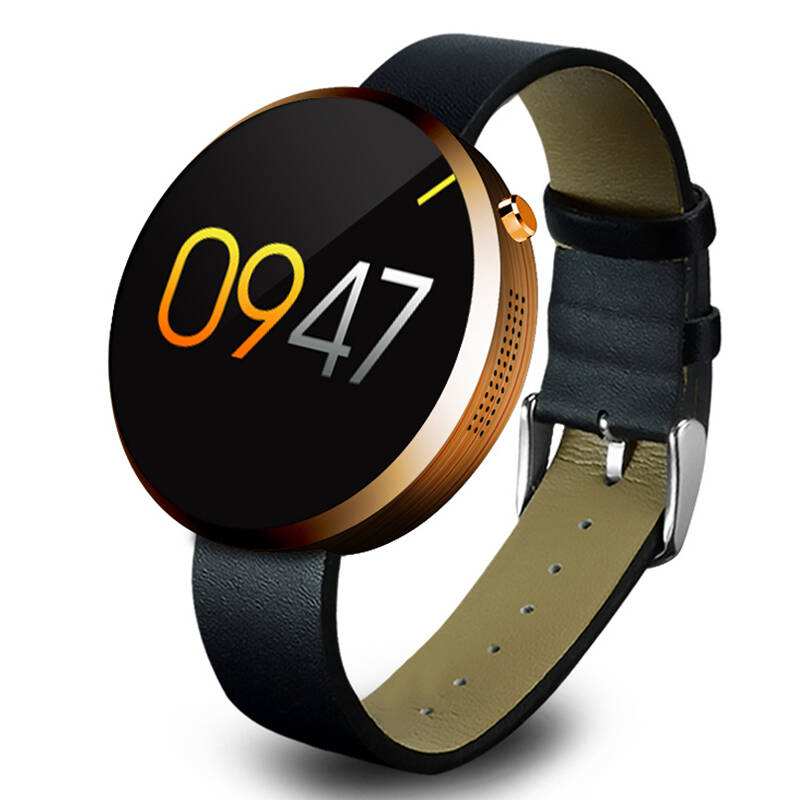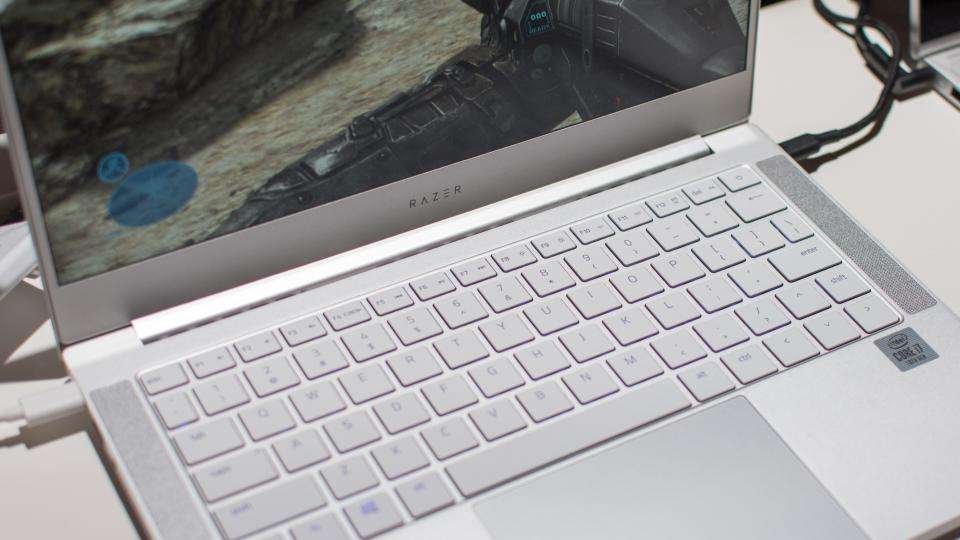Just a year after announcing the prosumer OM-D E-M1X, and a few months after revitalizing the classic E-M5 series, Olympus today announced another camera slotting in between those two: the OM=D E-M1 Mark III. Long story short, it takes a very similar body to the Mark II and updates it with some of the goodies introduced on the E-M1X.
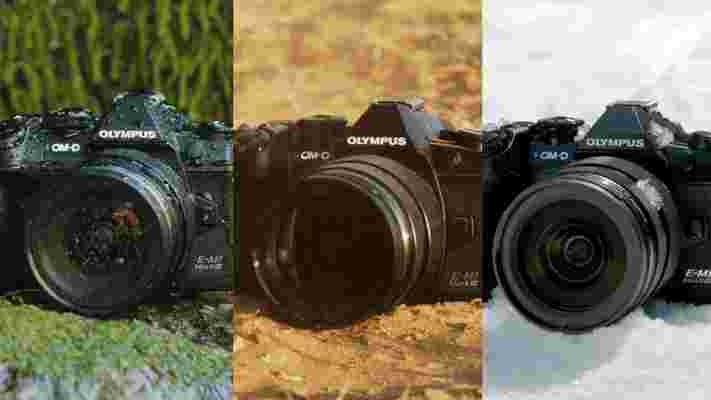
I was able to spend some time with the Mark III in beautiful Costa Rica before launch. My full hands-on post will follow, but for now, here’s what you need to know: On paper, it’s not a massive upgrade over the E-M1 MKII, with some specs looking positively outdated relative to the competition. But taking the camera as a whole, I still think it’s one of the most versatile cameras for photographers focused on stills at its price point.
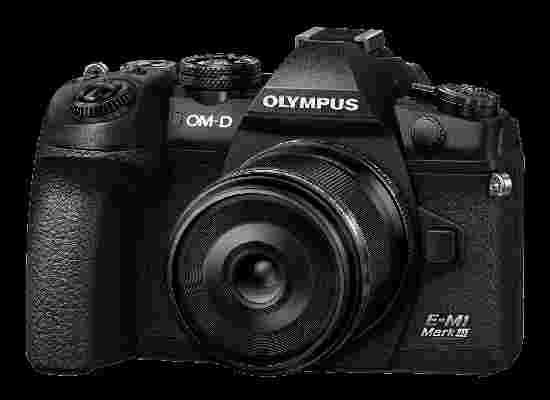

Take a look at the E-M1 MKIII’s specs and it might be hard to immediately spot the differences against its predecessor. It still uses a 20MP Four-Thirds sensor, smaller than the APS-C or full-frame sensors seen on most other high-end cameras. It still shoots 18 frames per second with the mechanical shutter, or 60 frames using the electronic shutter (at the expense of some dynamic range). It still has the same 2.36M dot LCD viewfinder when the competition has largely moved on to higher resolution units. And 4K video is still limited to 24fps at the highest quality setting.
But there are meaningful improvements too. To list some of the most important ones:
Olympus‘ claim to fame has always been its class-leading in-body image stabilization. This time around, the company says it can achieve up to 7 stops of stabilization with the built-in mechanism alone, or 7.5 stops using one of the few lenses with additional optical stabilization.
One of the E-M1 MKII’s coolest features was the ability to combine multiple shots into one 50-megapixel image with higher quality – essentially matching the quality of a full-frame camera. The problem was it required a tripod, but not anymore. Borrowed from the E-M1X, the E-M1 MKIII now supports a handheld high-res mode. Though it’s slightly less sharp than using the tripod method (which is still available), the results are a very obvious improvement over the standard 20-megapixel images. The technique takes advantage of our own shaky hands to combine 16 images, somewhat similar to how Google’s Pixel 4 captures high-resolution telephoto shots .
Live ND filter: Also borrowed from the E-M1X is the ability to produce long-exposure daylight photos without the usual blown-out highlights – up to 5 stops.
There’s a new joystick for quickly shifting your autofocus point, though you can configure the touchscreen for this when using the viewfinder as well.
Starry Sky Autofocus lets the camera do the hard work of razor-sharp focusing on the night sky. If you’ve ever tried to do so manually, this feature can be a big relief.
The MKIII’s shutter is now rated for 400,000 actuations, doubling its predecessor and making it one of the most durable on the market should those figures hold up.
Olympus says it’s revamped its face detection algorithm to be more accurate, and the MKIII makes it easy to switch between different subjects and individual eyes.
The camera can now be charged via USB-C – bless the heavens – even using a power bank.
More specs are available on Olympus’ website . Along with the E-M1 MKIII, the company also announced a more petite camera body, the E-PL10. The company also unveiled its new 12-45mm F4 Pro lens, a compact zoom for photographers prioritizing traveling light over aperture size or zoom range
The E-M1 MKIII will be available starting February 24, and it’s priced like a high-end camera. It will cost $1,799.99 for the body only, $2,499.99 with the 12-40 F2.8 Pro lens, or $2,899.99 with the 12-100 F4.0.
While some will lament the price given you can get an APS-C or full-frame camera for that kind of money – especially given the relatively few hardware updates this time around – you’d still be hard-pressed to find a camera as versatile as the E-M1 MKIII. For many a professional Micro Four Thirds user, it’s the combination of size, lens quality, performance, and reliability that keeps them tied to the system.
I’ve enjoyed my time with the MKIII and its new features, but as a long-time Olympus shooter, I was probably pre-disposed to. I just hope the E-M1 MKIV brings some bigger improvements to the spec sheet too. Stay tuned for further impressions.



